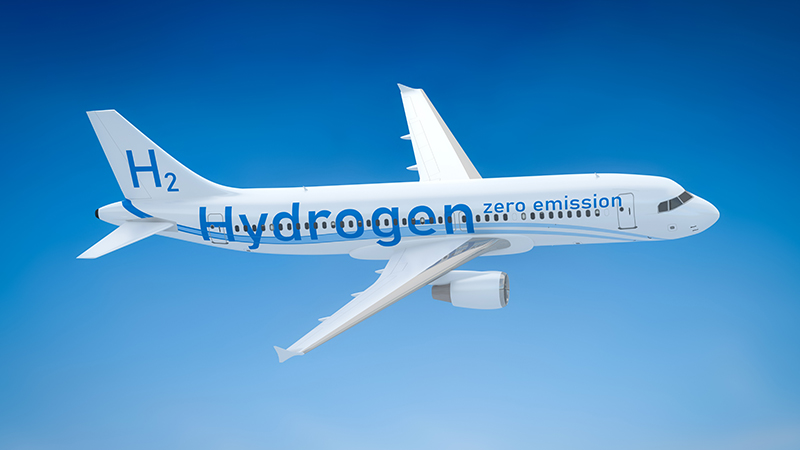

The aviation industry is currently in the early stages of its fuel revolution.
Much like land vehicles, battery-powered engines and hydrogen fuel are under investigation, and the early signs of their ability to overhaul aerospace are promising.
As the applications of hydrogen fuel within aerospace are changing fairly rapidly, it is worth us looking at where current projects stand and what the future might look like.
In our post from last year on hydrogen fuel, we mentioned players such as Airbus’ ZeroE and start-up ZeroAvia, but there are plenty more worth looking at.
You can also check out that post for the benefits (and current limitations) of using hydrogen fuel in the aerospace industry.
The UK government is involved in two concurrent projects: FlyZero with the ATI and the Jet Zero Council.
FlyZero is a multi-disciplinary study on the challenges, demands and market opportunities of green air travel, whereas the Jet Zero Council will specifically investigate zero emission flights across the Atlantic.
Project Fresson is one of the more immediately viable hydrogen fuel projects. Led by Cranfield Aerospace, it involves developing an electric propulsion system for Loganair, which runs short-range flights to the Orkney Islands.
The first flight could happen as soon as 2022, several years before other, larger-scale projects will launch theirs.
Finally, we should mention GKN Aerospace’s project, supported by the Swedish Energy Agency.
Much like the UK government-supported projects, GKN’s H2JET is a hydrogen propulsion system for medium-range civil aircraft. Its current launch date is sometime around 2035 when it will run intra-European routes.
As it stands, there are numerous common challenges across most (if not all) hydrogen fuel aerospace projects.
Overcoming them, though, will hopefully unlock the power of hydrogen fuel, much like we saw in the hybrid road vehicle industry.
One thing we can see from the various project is that the size of aircraft matters. Project Fresson, for example, is working on small aircraft and, by extension, small engines.
The other projects involve larger planes (and engines), meaning larger powertrains and journey distances.
Then there is the storage of hydrogen and the type of fuel used.
Hydrogen fuel is stored as a liquid and converted into a gas, and the compression process is expensive and energy-intensive.
Each engine requires its own fuel tank, although this is a relatively minor issue when we consider the size of fuel tanks currently installed on aircraft.
However, as evidenced by Project Fresson when it switched from hybrid engines to hydrogen fuel, the latter results in a significant drop in range.
The flight range dropped from 728 nautical miles to just 135 nautical miles, equivalent to a one-hour flight time with a 45-minute reserve.
While appropriate for the journeys it plans, it highlights the limitations of current hydrogen fuel technology.
Applying hydrogen fuel technology to aircraft is challenging, but the long-term benefits are already clear.
In the future, we will address each of these challenges individually in greater detail, but in the meantime, we would love to hear your thoughts.
What do you see in the future of hydrogen fuel and aerospace?
Let us know by contacting us here or following our LinkedIn page here.
